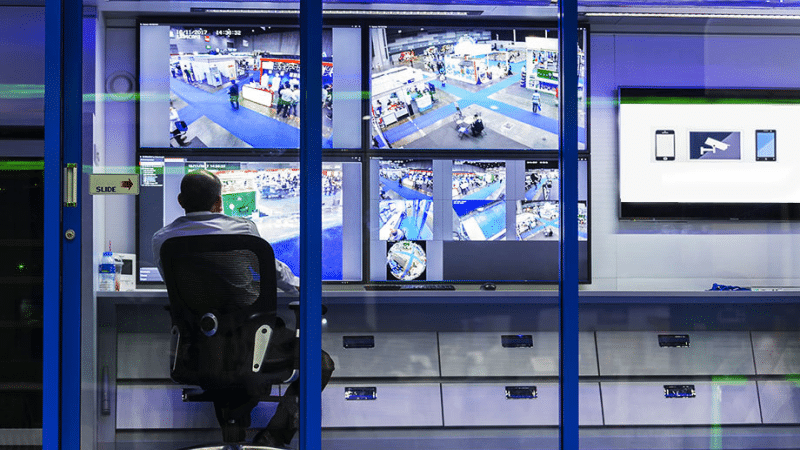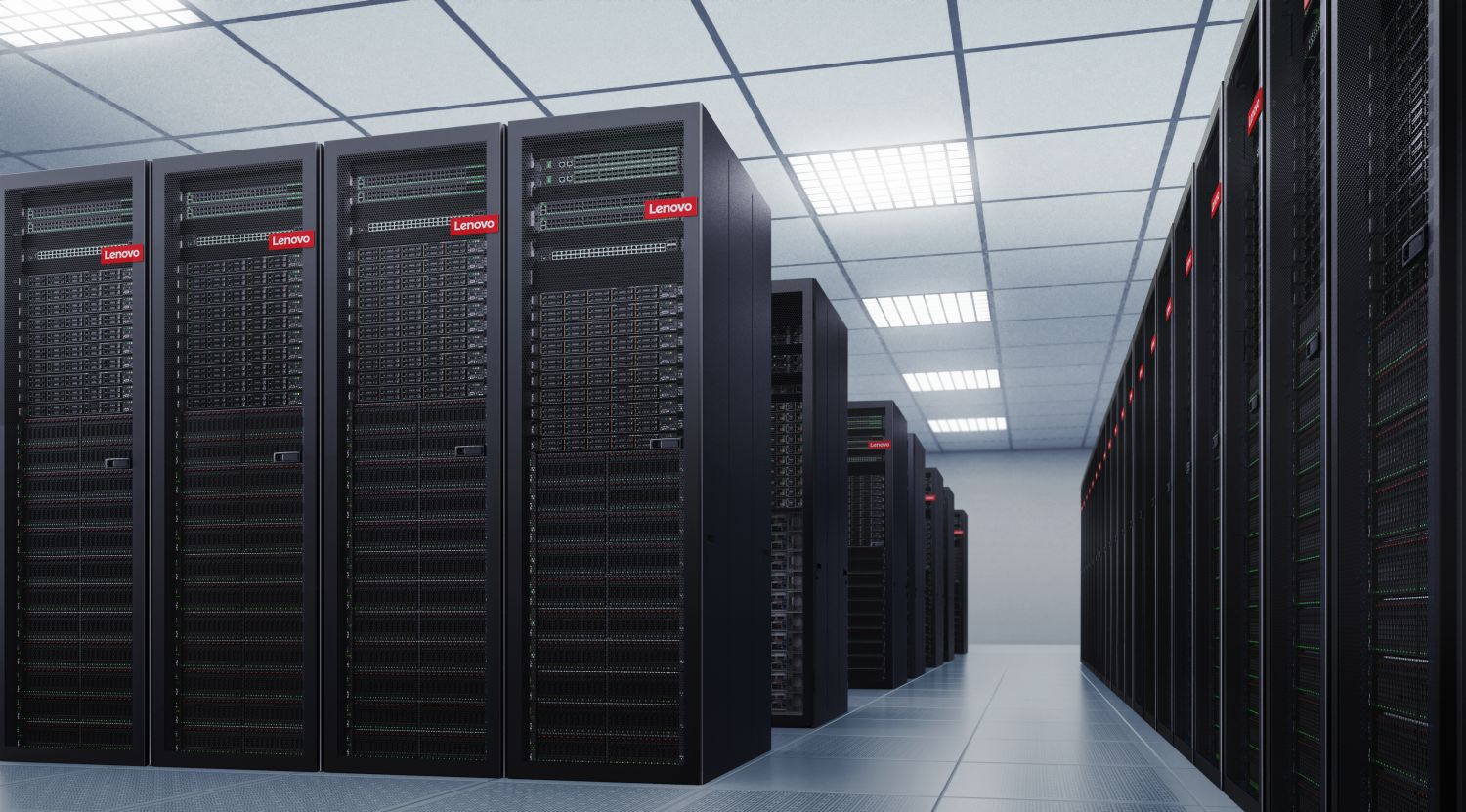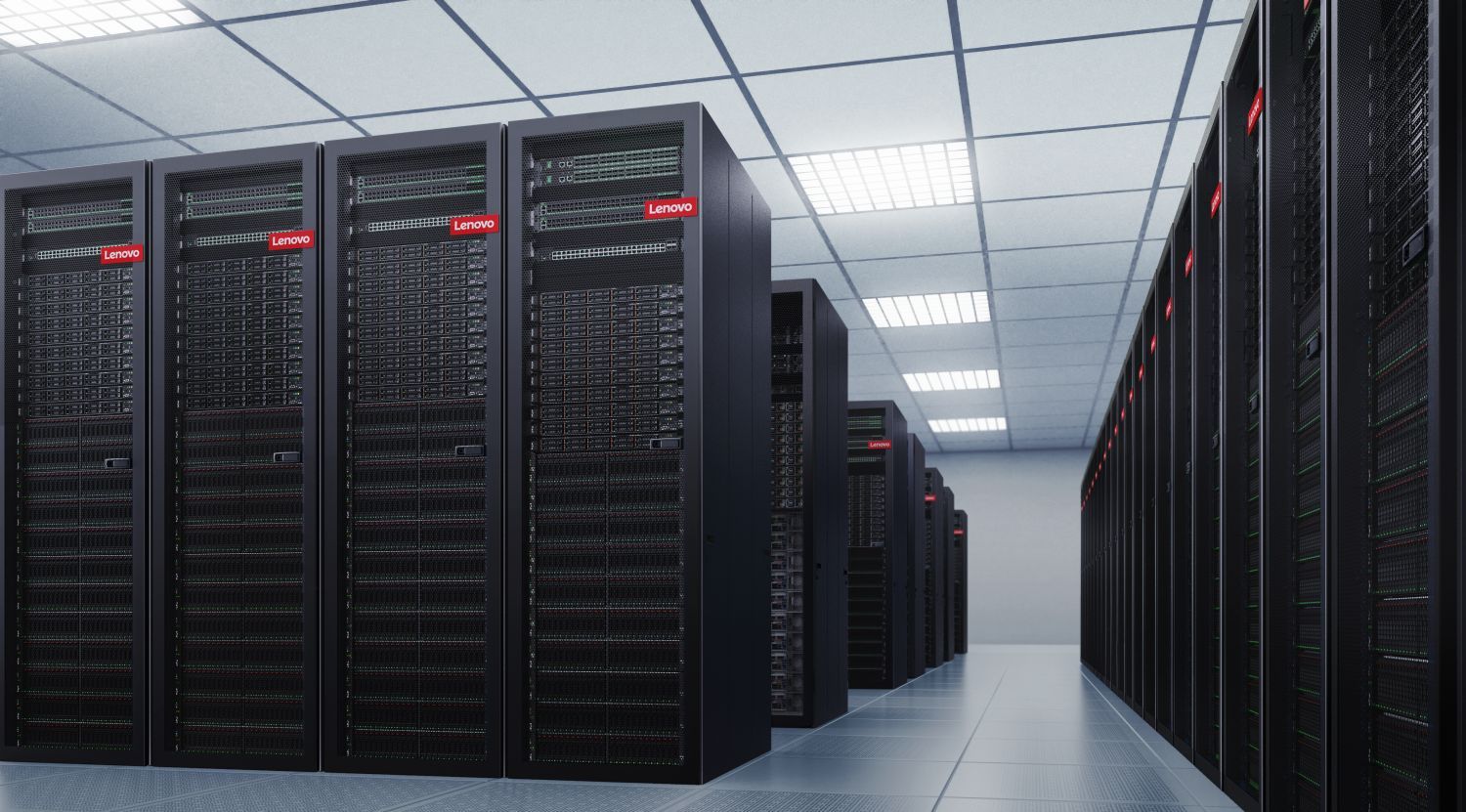Enhancing Efficiency and Security in Manufacturing through AI Video Analytics

The manufacturing industry is undergoing a transformative revolution, embracing advanced technologies to optimize operations, enhance productivity, and ensure a safer working environment. Among these technologies, AI-powered video analytics has emerged as a game-changer. This innovative solution leverages artificial intelligence and computer vision to analyze video data, offering manufacturers unprecedented insights into their processes, efficiency, and security.
Process Optimization:
AI video analytics plays a pivotal role in optimizing manufacturing processes. By continuously monitoring production lines, the software identifies inefficiencies, bottlenecks, and potential disruptions. Real-time analysis enables swift decision-making, allowing manufacturers to address issues promptly and maintain a seamless workflow. This proactive approach minimizes downtime, increases overall equipment effectiveness (OEE), and enhances the efficiency of the entire production cycle.
Quality Control:
Ensuring product quality is paramount in manufacturing. AI video analytics excels in quality control by inspecting products with precision and speed. The software can detect defects, variations, and deviations from quality standards, reducing the likelihood of defective products reaching the market. This not only improves customer satisfaction but also saves costs associated with rework and recalls.
Predictive Maintenance:
Predictive maintenance is a key application of AI video surveillance software in manufacturing. By continuously monitoring equipment through video feeds, the software can predict when machinery is likely to fail or require maintenance. This proactive approach prevents unexpected breakdowns, reduces downtime, and extends the lifespan of equipment. Ultimately, predictive maintenance leads to significant cost savings and increased operational efficiency.
Supply Chain Visibility:
AI video analytics extends its capabilities beyond the factory floor to enhance supply chain visibility. By analyzing video data from various stages of the supply chain, manufacturers can gain insights into inventory levels, shipment status, and potential risks. This end-to-end visibility enables better decision-making, optimizing inventory management, and improving the overall efficiency of the supply chain.
Workplace Safety:
Ensuring a safe working environment is a top priority in manufacturing. AI video analytics contributes significantly to workplace safety by monitoring employee activities and identifying potential hazards. The software can detect unsafe behaviors, adherence to safety protocols, and compliance with regulations. Early detection of safety issues allows for immediate intervention, reducing the risk of accidents and creating a safer work environment.
Security and Surveillance:
Manufacturing facilities often deal with valuable assets, making security a critical concern. AI video analytics enhances security and surveillance by continuously monitoring premises for unusual activities, unauthorized access, or potential security threats. The software can trigger alerts in real-time, enabling security personnel to respond promptly to mitigate risks and safeguard assets.
Data-Driven Decision Making:
The wealth of data generated by AI video analytics provides manufacturers with valuable insights. Analyzing this data allows for data-driven decision-making, helping manufacturers optimize processes, improve resource allocation, and identify areas for continuous improvement. The ability to make informed decisions based on real-time data is a powerful tool for staying competitive in the modern manufacturing landscape.
Conclusion:
The integration of AI video analytics software in the manufacturing industry is a transformative step towards achieving operational excellence, enhancing product quality, and ensuring a secure and safe work environment. Manufacturers adopting this technology gain a competitive edge by optimizing processes, reducing costs, and making informed decisions based on real-time data. As the manufacturing landscape continues to evolve, AI video analytics is set to play a central role in shaping the future of efficient, secure, and innovative production processes.




